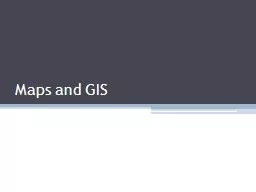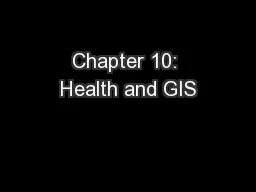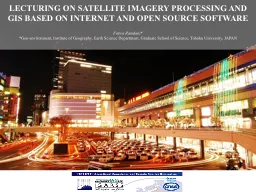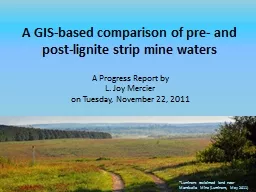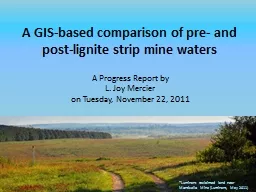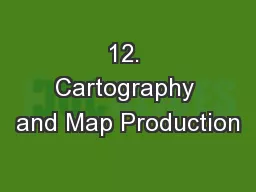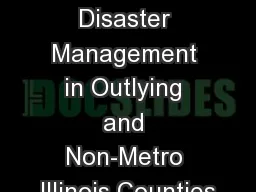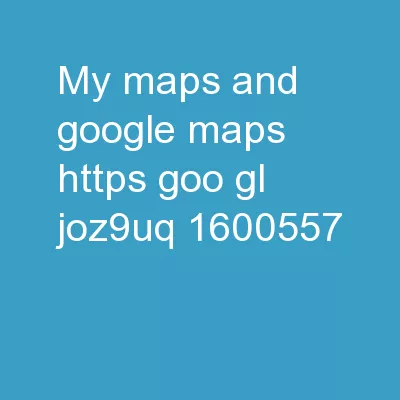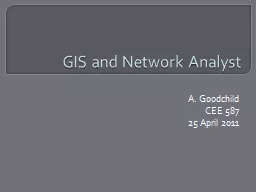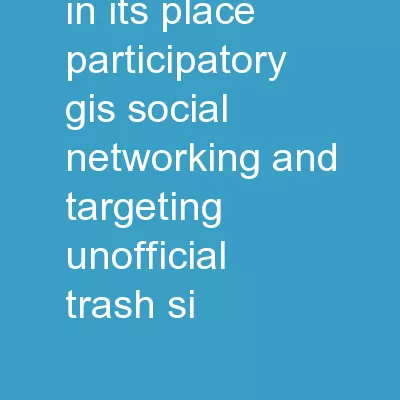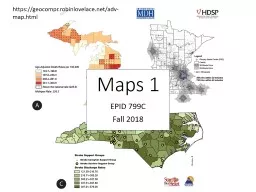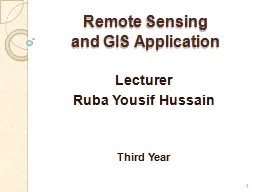PPT-Maps and GIS
Author : alida-meadow | Published Date : 2016-05-27
Historical Maps The oldest map Konya town map Turkey c 6200 BC Milestones Project httpwwwmathyorkucaSCSGallerymilestone The First World Map Anaximander of Miletus
Presentation Embed Code
Download Presentation
Download Presentation The PPT/PDF document "Maps and GIS" is the property of its rightful owner. Permission is granted to download and print the materials on this website for personal, non-commercial use only, and to display it on your personal computer provided you do not modify the materials and that you retain all copyright notices contained in the materials. By downloading content from our website, you accept the terms of this agreement.
Maps and GIS: Transcript
Download Rules Of Document
"Maps and GIS"The content belongs to its owner. You may download and print it for personal use, without modification, and keep all copyright notices. By downloading, you agree to these terms.
Related Documents

